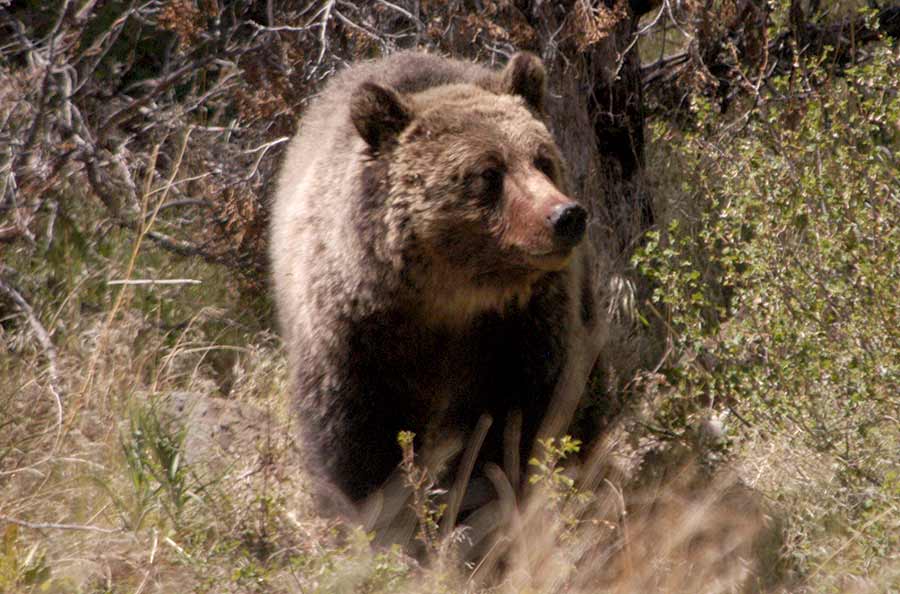
From Staff Reports
Biologists with the Interagency Grizzly Bear Study Team will be conducting grizzly bear research in Yellowstone National Park from June 3 through July 15 as part of ongoing monitoring of the activities and population of grizzly bears within the greater Yellowstone area.
Team members will bait and trap bears at several sites within Yellowstone National Park, according to a statement released Friday by the Yellowstone public affairs office.
Once trapped, the bears are anesthetized to allow biologists to radio-collar them and collect samples for study. Trapping and handling are done in accordance with team’s protocols.
None of the trap sites in the park will be located near established hiking trails or backcountry campsites, and trap sites will have posted warnings for the closure perimeter. Potential access points will also be posted with warning signs for the closure area. Backcountry users who come upon any of these posted areas are advised by park managers to heed the warnings and stay out of the area.
The Interagency Grizzly Bear Study Team was established in 1973 to collaboratively monitor and manage ecosystem bears on an interagency basis. The gathering of critical data on the protected bears is part of a long-term research effort required under the Endangered Species Act to help wildlife managers devise and implement programs to support the ongoing recovery of Yellowstone’s grizzly bear population.
Bears generally pose a safety concern only after they start to associate people and their activities with easily obtained food. This can occur if campers do not store food properly, or if pet food, loose garbage or other bear attractants are not secured in residential areas in bear country.
Two Yellowstone Park backcountry hikers were fatally mauled in 2011 in separate incidents involving the same grizzly bear, and land management officials across the region are taking pains to stress bear safety as a priority.
Wildlife officials studying grizzly bears previously did not alert the public via notices to regional news media about trapping operations. But researchers changed that policy after botanist Erwin Evert was killed by a grizzly bear in June 2010 near Kitty Creek in the Shoshone National Forest, just east Yellowstone National Park. The bear had been trapped and drugged as part of a government study and was released just before the fatal attack.
The study team is composed of representatives of the U.S. Geological Survey, the National Park Service, the U.S. Fish and Wildlife Service, the U.S. Forest Service, the Eastern Shoshone and Northern Arapaho Tribal Fish and Game Department, and the states of Idaho, Montana and Wyoming.
For more information regarding grizzly bear research efforts call (406) 994-6675.
